immune & allergy support
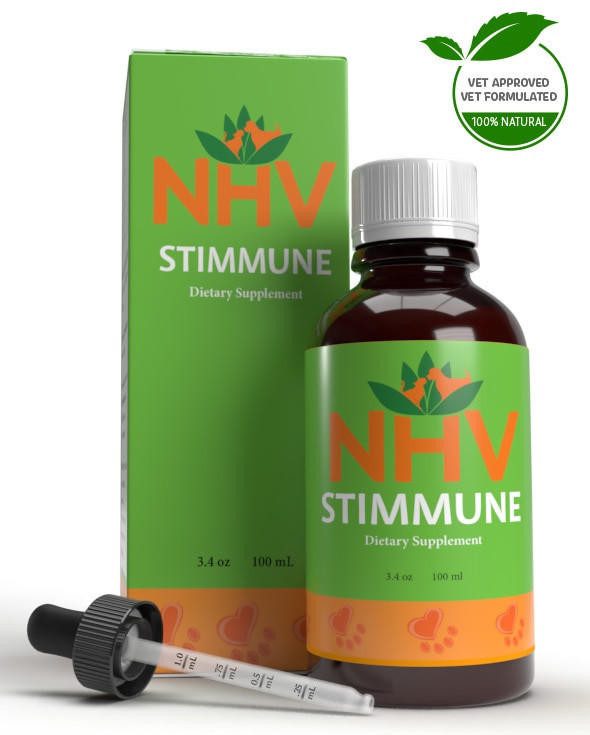
free shipping over $100 (USA & Canada)
1-877-937-4372 the pet expert hotline
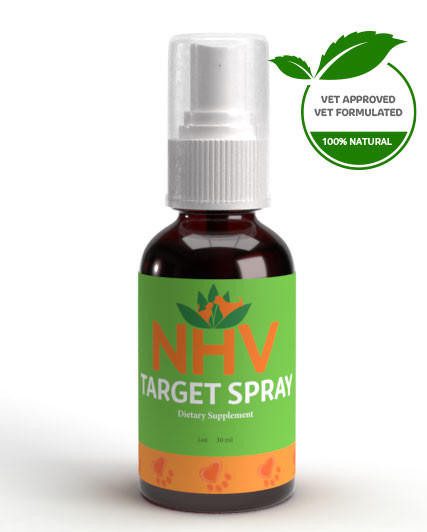

Summer has arrived and the proliferation of fleas and ticks has as well. Ticks and fleas may be small, but they can bring a lot of discomfort and health problems for our pets. It’s important to know how to protect your cats and dogs from ticks and fleas. See below for a step-by-step guide on how to protect your pets from fleas and ticks.
Ticks and fleas feed on blood from their hosts, causing itching and even allergic dermatitis because of the reaction to the flea or tick’s saliva. They can also transmit many other diseases such as internal parasites like Dipylidium, and blood diseases such as Babesiosis and Ehrlichiosis. Some of these diseases may lead to death and can be also transmitted to us humans. Therefore, attention to protecting our little ones must be reinforced during the summer.
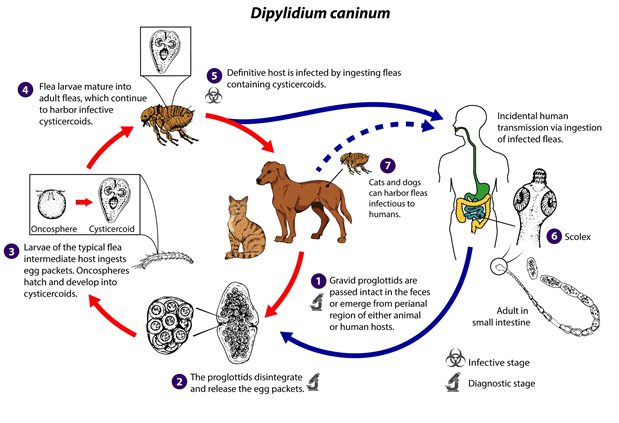
Infestation occurs more frequently through contact with your cat and dog. For example, during a walk in the park where the dog has been in contact with another animal, or in an environment that is infested with these ectoparasites. But it can also happen if the pet owner brings the ticks and fleas home carried by his/her shoes, or after having contact with an infected animal. Therefore, even if you are not taking your dog for a walk, you should still take precautions to decrease the chances of infestation.
As soon as the contamination of the animal is detected, it is essential that the environment undergoes pest control.
It is important to always keep the environment clean. Pay attention to the most common places where ticks and fleas can be hidden. For example, grouting floors, carpets, and sofas. Ticks prefer places far from the ground, crevices, and stay under tiles and dry leaves. Use the vacuum cleaner and do not accumulate waste. An efficient way to control proliferation is the use of aerosols that eliminate eggs, larvae, and adults in the environment.
In the case of fleas, only 5% is on the animal, while 95% are in the environment in the form of eggs, larvae, and pupae. In other words, as soon as the contamination of the animal is detected, it is essential that the environment undergoes pest control.
Taking care of the house is important, but your cat and dog must also be protected. The most effective way to prevent the bite and infestation of fleas and ticks in dogs and cats is the use of flea deterrents.
If you go for a walk with your dog and notice that your dog is constantly itchy, look for parasites under the ear, neck, belly, snout, between the toes, and close to the tail. These are the favorite places of these parasites. If you believe it is a tick, I suggest safely removing it immediately, as most diseases transmitted by ticks need hours for transmission to happen.
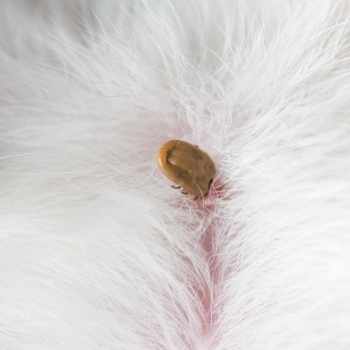
Material: gloves, alcohol absolute, forceps, and treats to distract your pet.
After making sure about the location of the tick, use one metallic forceps (or tweezers), and remove the parasite by the head. I suggest leaving the forceps in the fridge for a few minutes so it will be cold so that when you touch the cold metallic forceps on the tick the difference in temperature will automatically disconnect its mouth from your pet. This will ensure that there is no risk of breaking the tick and having parts remain in the skin, causing inflammation.
Never do the procedure without gloves. Ticks also transmit diseases to humans.
After removing the tick completely, place it in a glass of alcohol absolute. Only that will kill the parasite. After they are dead, you can dispense them in the toilet.
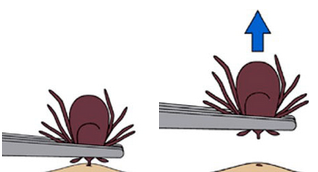
Flea control on the pet and any housemates must be aggressively pursued and can involve the following:
With some care and guidance, your fur friend will be protected and will be able to enjoy the summer with a lot of purrs of joy.
If you have any questions or concerns about how to protect you and your pets from ticks and fleas we are only a message away!
immune & allergy support

Holistic Remedy for Food Allergies and Immune Support in Cats
buy 2 and save $3
3 month supply for a small to medium size
Helps your cat overcome food allergies, skin allergies, and fight infection.

Helps your cat overcome food allergies, skin allergies, and fight infection.
Cats can be allergic to the things they eat and touch, just like people can. With NHV’s Stimmune, your kitty will get potent immune supporting herbs that help support your cat with food allergy reactions, as well as reactions related to fleas, dermatitis, insect bites, diet, and exposure to chemicals and drugs. For seasonal or environmental allergies, please try Alge-Ex for a remedy specifically formulated for your cat.
At NHV, all of our pet products are formulated by a master herbalist as well as a holistic veterinarian having more than 20 years of experience. Some ingredients are even wild-crafted which means they were ethically harvested from their natural environment. Our products are also safe for long-term use and are supplements that animals like to take, including finicky kitties.
If you have questions about holistic remedies for cat allergies to food or any of our wide variety of products, you can ask an NHV expert. Our very supportive professional team of pet experts are here to help and recommend supplements because, at NHV, we want your kitty feeling pawtastic naturally!
Stimmune Is Also Helpful for:
Cats can get food allergies from their diet, and other allergies from their environment when allergens are inhaled, ingested, or absorbed by the body. Once this happens, the immune system overreacts, and this is when your kitty will need extra balance and support.
Read about a senior cat’s Helenda’s transformation using Stimmune.
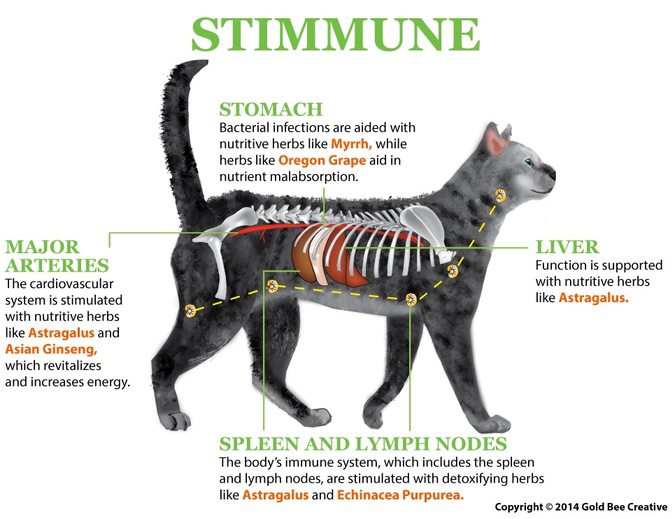
How NHV’s Stimmune Helps Allergies in Cats
Stimmune promotes healthy immune activity and histamine response with five natural herbs formulated to reduce environmental allergies in cats.
Stimmune provides support in addition to conventional treatment for all forms of allergies including pollen allergies in cats.
Select your pet's weight to determine the correct dose.
Cats can be allergic to the things they eat and touch, just like people can. With NHV’s Stimmune, your kitty will get potent immune supporting herbs that help support your cat with food allergy reactions, as well as reactions related to fleas, dermatitis, insect bites, diet, and exposure to chemicals and drugs. For seasonal or environmental allergies, please try Alge-Ex for a remedy specifically formulated for your cat.
At NHV, all of our pet products are formulated by a master herbalist as well as a holistic veterinarian having more than 20 years of experience. Some ingredients are even wild-crafted which means they were ethically harvested from their natural environment. Our products are also safe for long-term use and are supplements that animals like to take, including finicky kitties.
If you have questions about holistic remedies for cat allergies to food or any of our wide variety of products, you can ask an NHV expert. Our very supportive professional team of pet experts are here to help and recommend supplements because, at NHV, we want your kitty feeling pawtastic naturally!
Stimmune Is Also Helpful for:
Cats can get food allergies from their diet, and other allergies from their environment when allergens are inhaled, ingested, or absorbed by the body. Once this happens, the immune system overreacts, and this is when your kitty will need extra balance and support.
Read about a senior cat’s Helenda’s transformation using Stimmune.

How NHV’s Stimmune Helps Allergies in Cats
Stimmune promotes healthy immune activity and histamine response with five natural herbs formulated to reduce environmental allergies in cats.
Stimmune provides support in addition to conventional treatment for all forms of allergies including pollen allergies in cats.
Select your pet's weight to determine the correct dose.
overall vitality
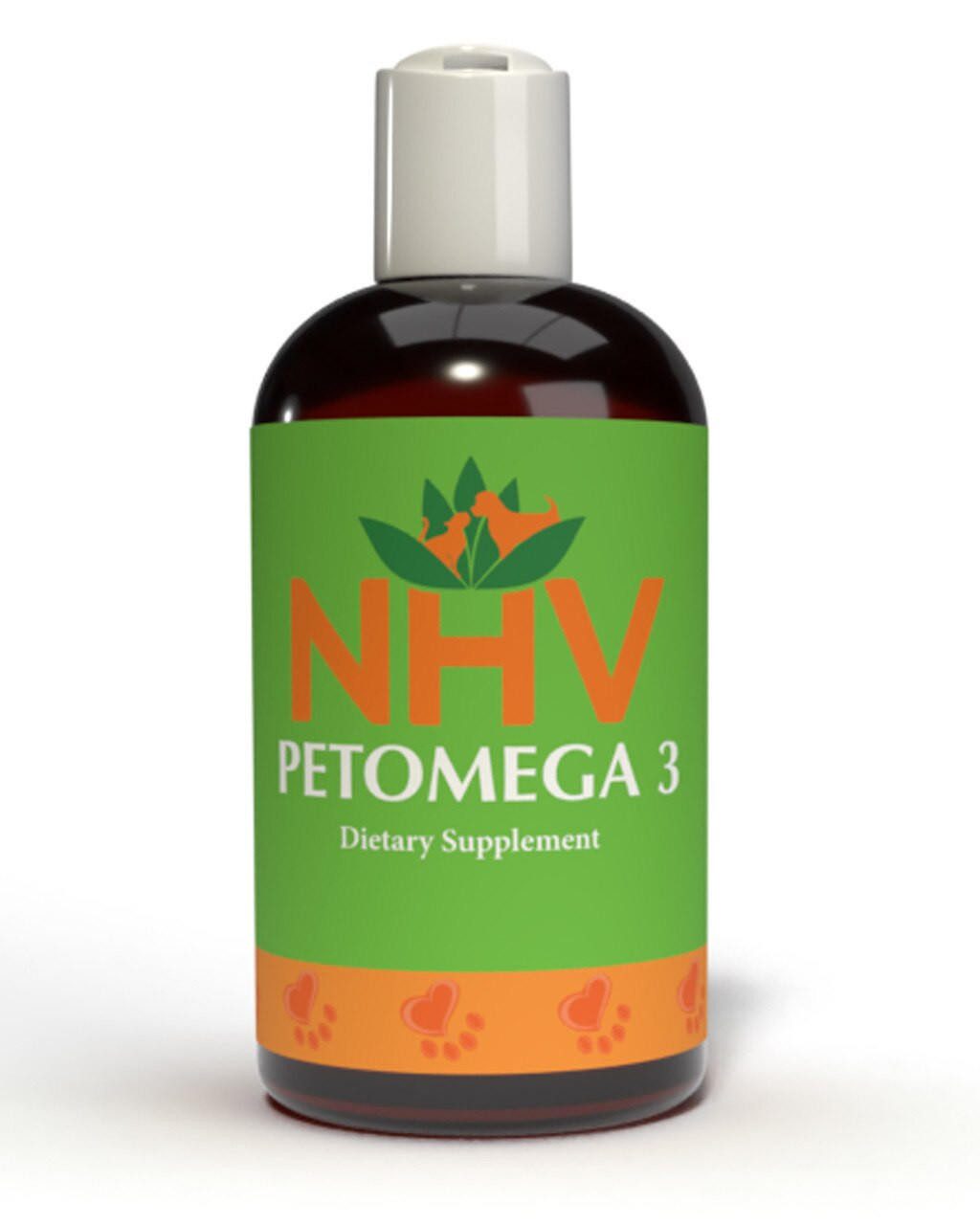
For Overall Health and Well-Being
buy 2 and save $3
Support your dog’s health with omega 3 fish oil for dogs. Help them maintain a healthy coat, eyes, joints, immune system and overall organ function.


Support your dog’s health with omega 3 fish oil for dogs. Help them maintain a healthy coat, eyes, joints, immune system and overall organ function.

Our omega 3 fish oil for dogs is a great source of EPA (Eicosapentaenoic Acid 600mg) and DHA (Docosahexaenoic acid 460mg) essential fatty acids. This fish oil supplement for dogs is derived from sardines, anchovies and North Atlantic cod liver oil. It is molecularly distilled and cold pressed to improve the bioavailability of the omega 3 fatty acids, and is medical and human grade quality.
Omega 3 fish oil for dogs may be beneficial for the following:
Processed pet foods have increased omega-6 fatty acids, and decreased omega-3 fatty acids. The University of Maryland Medical Center states, "It is very important to maintain a balance between omega-3 and omega-6 fatty acids in the diet. A proper balance helps maintain and even improve health." Your dog’s body cannot easily make essential fatty acids. It is vital to provide omega 3 fish oil for dogs as an added supplement to your pet’s daily diet.
The American Journal of Veterinary Medicine has published studies on the benefits of omega 3 fatty acids (fish oils) for arthritis and degenerative joint disease in dogs. The studies showed that dogs who were given omega 3 fatty acids had a significantly improved ability to get up from a resting position and marked improvement in walking ability.

Suggested Dosage: To be taken once per day. Add to food based on weight chart.
Therapeutic Dosage: Double the quantity for maximum period of 4 weeks or follow veterinarian advise.
Pet’s Weight Dosage
0-15 lb = ¼ tsp
15-30 lb = ½ tsp
30-60 lb = 1 tsp
60-90 lb = 1 ½ tsp
How to Administer: Shake well before use. The easiest method is to add the dosage to your pets food. Some pets can be finicky, if this occurs consider hiding the appropriate amount in food most pet’s love such as fish, chicken, yogurt, or a favorite treat. If your pet only eats dry food then soak kibbles at feeding time.
For Best Results
Dietary supplements are beneficial to the health and well-being of your pet and are safe for long-term use. Every pet responds to natural supplements differently, therefore it is important to be consistent and administer the product daily. Supplements generally take two to four weeks to take effect, however this will vary from one animal to the next.
Product Storage
All NHV Natural Pet Products contain no artificial additives, preservatives or coloring. Shelf life after opening is 6 months and must be refrigerated after opening.
Cautions and Contraindications
Avoid During Pregnancy.
Our omega 3 fish oil for dogs is a great source of EPA (Eicosapentaenoic Acid 600mg) and DHA (Docosahexaenoic acid 460mg) essential fatty acids. This fish oil supplement for dogs is derived from sardines, anchovies and North Atlantic cod liver oil. It is molecularly distilled and cold pressed to improve the bioavailability of the omega 3 fatty acids, and is medical and human grade quality.
Omega 3 fish oil for dogs may be beneficial for the following:
Processed pet foods have increased omega-6 fatty acids, and decreased omega-3 fatty acids. The University of Maryland Medical Center states, "It is very important to maintain a balance between omega-3 and omega-6 fatty acids in the diet. A proper balance helps maintain and even improve health." Your dog’s body cannot easily make essential fatty acids. It is vital to provide omega 3 fish oil for dogs as an added supplement to your pet’s daily diet.
The American Journal of Veterinary Medicine has published studies on the benefits of omega 3 fatty acids (fish oils) for arthritis and degenerative joint disease in dogs. The studies showed that dogs who were given omega 3 fatty acids had a significantly improved ability to get up from a resting position and marked improvement in walking ability.

Suggested Dosage: To be taken once per day. Add to food based on weight chart.
Therapeutic Dosage: Double the quantity for maximum period of 4 weeks or follow veterinarian advise.
Pet’s Weight Dosage
0-15 lb = ¼ tsp
15-30 lb = ½ tsp
30-60 lb = 1 tsp
60-90 lb = 1 ½ tsp
How to Administer: Shake well before use. The easiest method is to add the dosage to your pets food. Some pets can be finicky, if this occurs consider hiding the appropriate amount in food most pet’s love such as fish, chicken, yogurt, or a favorite treat. If your pet only eats dry food then soak kibbles at feeding time.
For Best Results
Dietary supplements are beneficial to the health and well-being of your pet and are safe for long-term use. Every pet responds to natural supplements differently, therefore it is important to be consistent and administer the product daily. Supplements generally take two to four weeks to take effect, however this will vary from one animal to the next.
Product Storage
All NHV Natural Pet Products contain no artificial additives, preservatives or coloring. Shelf life after opening is 6 months and must be refrigerated after opening.
Cautions and Contraindications
Avoid During Pregnancy.
parasite support
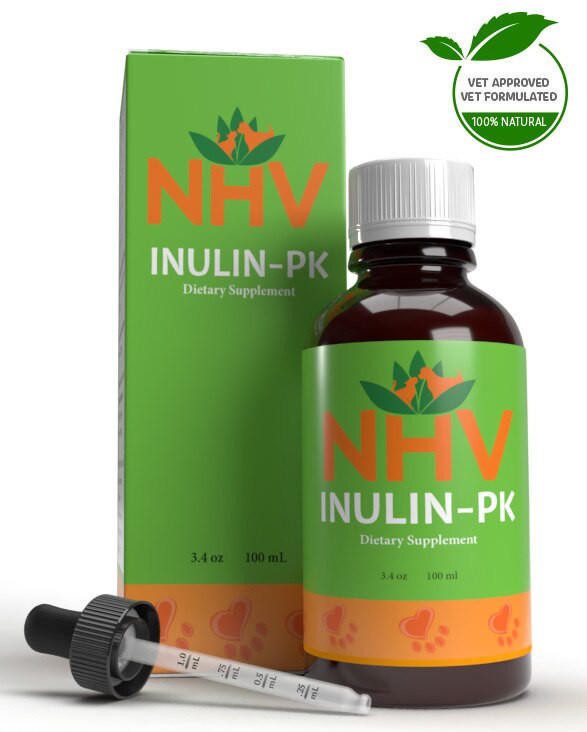
Natural Dog Worms Remedy and Dewormer
buy 2 and save $3
3 month supply for a small to medium size pet
Inulin-PK works as a natural dog worms remedy and parasite cleanser. Prevent parasitic infections and help your hound heal with a holistic dog dewormer remedy from NHV.

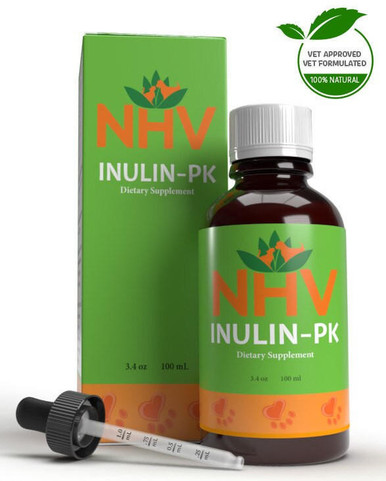
Inulin-PK works as a natural dog worms remedy and parasite cleanser. Prevent parasitic infections and help your hound heal with a holistic dog dewormer remedy from NHV.

Parasites aren’t just annoying pests plaguing your pet. Left to their own devices, parasites can lead to serious health issues. They make it harder for dogs to absorb nutrients from their food, damage their intestines, and sap your pup’s energy. You might also see weight loss, anemia, or diarrhea in a pet with parasites.
Roundworms, tapeworms, hookworms, whipworms, and threadworms are all types of parasites that Inulin-PK can (help) expel from your pet’s body naturally. Consider this worms remedy for dogs in addition to the treatment prescribed by your vet. Natural dog dewormer remedies like Inulin-PK can also help improve your pet’s immunity to prevent future infections.
Inulin-PK is a powerful parasite & infection-fighting aid. It contains plant extracts that specifically target canine parasites.
Our dog worm remedy is formulated with ingredients like elecampane that paralyzes worms’ central nervous system, Papaya to help dissolve worms’ outer layers, Bacopa with strong anti-inflammatory properties, and Jamaica Quassia to help flush parasites out of your dog’s body.
For additional comprehensive care, see our collection of effective kits containing natural dog deworming remedies.
NHV makes significant annual investments in clinical research to make sure our natural pet products are supported by recent clinical results. For more information on what NHV is doing to ensure quality solutions for your pet’s health issues, call our pet expert hotline at 1-877-937-4372.

Elecampane – Paralyzes the central nervous systems of worms
Wormwood – Eliminates intestinal worms and fights parasitic infestations
Jamaica Quassia – Eliminates parasitic worms from the body
Papaya – Dissolves the worm’s outer layer and weakens its defenses
Oregon Grape – Contains antibiotic and immunostimulatory properties, relieves indigestion, and improves nutrient absorption
Fennel – Decreases digestive problems and calms spasms
Bacopa – Contains anti-inflammatory properties, eliminates toxins, and promotes healing
Milk Thistle – Protects and strengthens liver function and stimulates new cell growth in the liver
Celandine – Protects the liver, improves the flow of bile to the liver, and emulsifies gallbladder content
Select your pet's weight to determine the correct dose.
To be taken twice daily. Determine your pet’s weight and then use the easy chart below to determine the correct dose. This is the minimum dosage.
Pet's Weight Dosage
0 - 15 lb = 0.5 ml
16 - 30 lb = 1.0 ml
31 - 45 lb = 1.5 ml
46 - 60 lb = 2.0 ml
61 - 75 lb = 2.5 ml
Over 75 lb = 3.0 ml
For small animals (rabbits, ferrets), avians and reptiles use 1 drop for every 2 lb of body weight.
How to Administer
Shake well before use.
The easiest method is to use the dropper provide and places the drops into your pet’s food or favorite treat. You can also use the dropper and squirt directly into the pet’s mouth.
Some pets can be finicky, if this occurs consider hiding the drops in foods most pet’s love such as fish, chicken or yogurt or a favourite treat. If your pet only eats dry food then soak a few kibbles at feeding time.
For Best Results
Herbal dietary supplements are beneficial to the health and wellbeing of your pet and are safe for long-term use. Every pet responds to natural herbal supplements differently, therefore it is important to be consistent and administer the product daily. Supplements generally take two to four weeks to take effect, however this will vary from one animal to the next.
Product Storage
All NHV Natural Pet Products are pure herbal extracts and contain no artificial additives, preservatives or coloring. Shelf life after opening is 6 months and must be refrigerated after opening.
Cautions and Contraindications
Do not use Inulin-PK in pregnant animals.
Speak to your vet before using our products. A second visit is recommended if your pet’s condition does not improve, or deteriorates after continued use of the supplements.
All information provided by NHV Natural Pet Products is for educational purposes only.
Parasites aren’t just annoying pests plaguing your pet. Left to their own devices, parasites can lead to serious health issues. They make it harder for dogs to absorb nutrients from their food, damage their intestines, and sap your pup’s energy. You might also see weight loss, anemia, or diarrhea in a pet with parasites.
Roundworms, tapeworms, hookworms, whipworms, and threadworms are all types of parasites that Inulin-PK can (help) expel from your pet’s body naturally. Consider this worms remedy for dogs in addition to the treatment prescribed by your vet. Natural dog dewormer remedies like Inulin-PK can also help improve your pet’s immunity to prevent future infections.
Inulin-PK is a powerful parasite & infection-fighting aid. It contains plant extracts that specifically target canine parasites.
Our dog worm remedy is formulated with ingredients like elecampane that paralyzes worms’ central nervous system, Papaya to help dissolve worms’ outer layers, Bacopa with strong anti-inflammatory properties, and Jamaica Quassia to help flush parasites out of your dog’s body.
For additional comprehensive care, see our collection of effective kits containing natural dog deworming remedies.
NHV makes significant annual investments in clinical research to make sure our natural pet products are supported by recent clinical results. For more information on what NHV is doing to ensure quality solutions for your pet’s health issues, call our pet expert hotline at 1-877-937-4372.

Elecampane – Paralyzes the central nervous systems of worms
Wormwood – Eliminates intestinal worms and fights parasitic infestations
Jamaica Quassia – Eliminates parasitic worms from the body
Papaya – Dissolves the worm’s outer layer and weakens its defenses
Oregon Grape – Contains antibiotic and immunostimulatory properties, relieves indigestion, and improves nutrient absorption
Fennel – Decreases digestive problems and calms spasms
Bacopa – Contains anti-inflammatory properties, eliminates toxins, and promotes healing
Milk Thistle – Protects and strengthens liver function and stimulates new cell growth in the liver
Celandine – Protects the liver, improves the flow of bile to the liver, and emulsifies gallbladder content
Select your pet's weight to determine the correct dose.
To be taken twice daily. Determine your pet’s weight and then use the easy chart below to determine the correct dose. This is the minimum dosage.
Pet's Weight Dosage
0 - 15 lb = 0.5 ml
16 - 30 lb = 1.0 ml
31 - 45 lb = 1.5 ml
46 - 60 lb = 2.0 ml
61 - 75 lb = 2.5 ml
Over 75 lb = 3.0 ml
For small animals (rabbits, ferrets), avians and reptiles use 1 drop for every 2 lb of body weight.
How to Administer
Shake well before use.
The easiest method is to use the dropper provide and places the drops into your pet’s food or favorite treat. You can also use the dropper and squirt directly into the pet’s mouth.
Some pets can be finicky, if this occurs consider hiding the drops in foods most pet’s love such as fish, chicken or yogurt or a favourite treat. If your pet only eats dry food then soak a few kibbles at feeding time.
For Best Results
Herbal dietary supplements are beneficial to the health and wellbeing of your pet and are safe for long-term use. Every pet responds to natural herbal supplements differently, therefore it is important to be consistent and administer the product daily. Supplements generally take two to four weeks to take effect, however this will vary from one animal to the next.
Product Storage
All NHV Natural Pet Products are pure herbal extracts and contain no artificial additives, preservatives or coloring. Shelf life after opening is 6 months and must be refrigerated after opening.
Cautions and Contraindications
Do not use Inulin-PK in pregnant animals.
Speak to your vet before using our products. A second visit is recommended if your pet’s condition does not improve, or deteriorates after continued use of the supplements.
All information provided by NHV Natural Pet Products is for educational purposes only.
Published: August 4, 2020